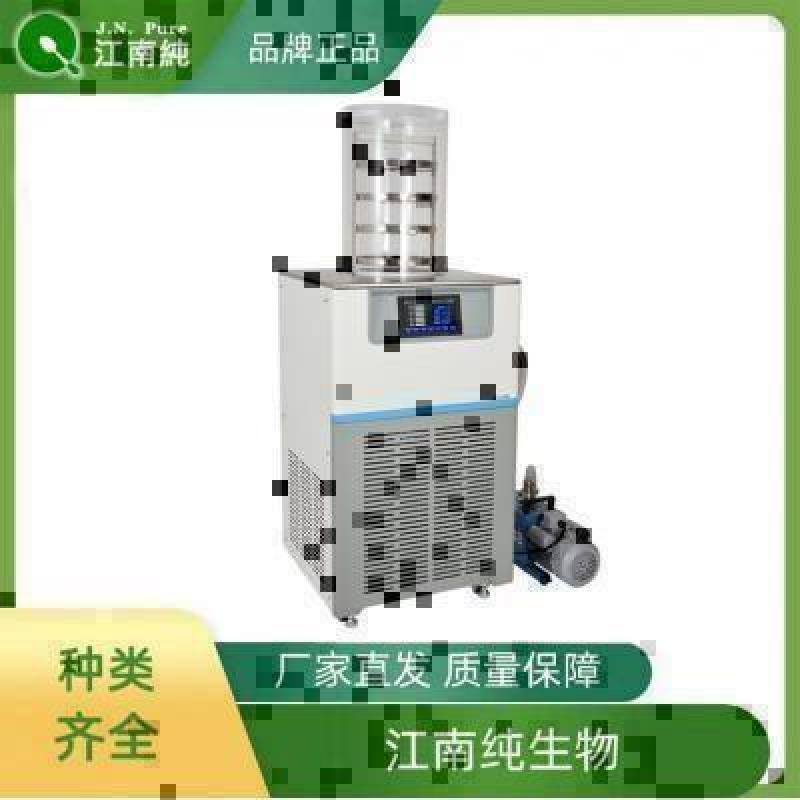Anti-Nicastrin antibody
| 英文名称 | Nicastrin |
| 中文名称 | 老年性痴呆蛋白APH2抗体 |
| 别 名 | Anterior pharynx defective 2; APH 2; APH2; ATAG1874; KIAA0253; Ncstn; NCT; NICA_HUMAN; Nicastrin; RP11 517F10.1; RP11517F101. |
DATASHEET
Host:Rabbit
Target Protein:Nicastrin
IR:Immunogen Range:21-120/709
Clonality:Polyclonal
Isotype:IgG
Entrez Gene:23385
Swiss Prot:Q92542
Source:KLH conjugated synthetic peptide derived from human Nicastrin:21-120/709
Purification:affinity purified by Protein A
Storage:0.01M TBS(pH7.4) with 1% BSA, 0.03% Proclin300 and 50% Glycerol. Shipped at 4℃. Store at -20 °C for one year. Avoid repeated freeze/thaw cycles.
Background:The Presenilin 1 (PS1) and Presenilin 2 (PS2) transmembrane proteins are components of high molecular weight complexes. These complexes mediate proteolytic cleavage within the transmembrane domain of several proteins, including the ∫-Amyloid precursor protein (∫APP) and Notch. Missense mutations in the genes encoding the Presenilin proteins increase the proteolysis of ∫APP and results in the overproduction of the neurotoxic ∫-Amyloid peptide, which results in a condition associated with Familial Alzheimer’s disease (FAD). A novel component of the presenilin complex, nicastrin, is a type I transmembrane glycoprotein that is involved in mediating Notch/GLP-1 signaling. In addition, nicastrin contributes to the processing of ∫APP, which makes nicastrin an attractive potential target for modulating the production of ∫-Amyloid in patients with Alzheimer’s disease. Originally purified from immunoprecipitated PS1 complexes from HEK293 cells, nicastrin contains hydrophilic amino and carboJNC-terminal domains, a short, hydrophobic transmembrane domain and potential N-myristoylation and phosphorylation sites.
Size:100ul
Concentration:1mg/ml
Applications:WB(1:500-2000)
ELISA(1:5000-10000)
IHC-P(1:100-500)
IHC-F(1:100-500)
ICC(1:100-500)
IF(1:100-500)
Cross Reactive Species:Human
Mouse
Rat
Chicken
Pig
Cow
Horse
.
For research use only. Not intended for diagnostic or therapeutic use.


好评度